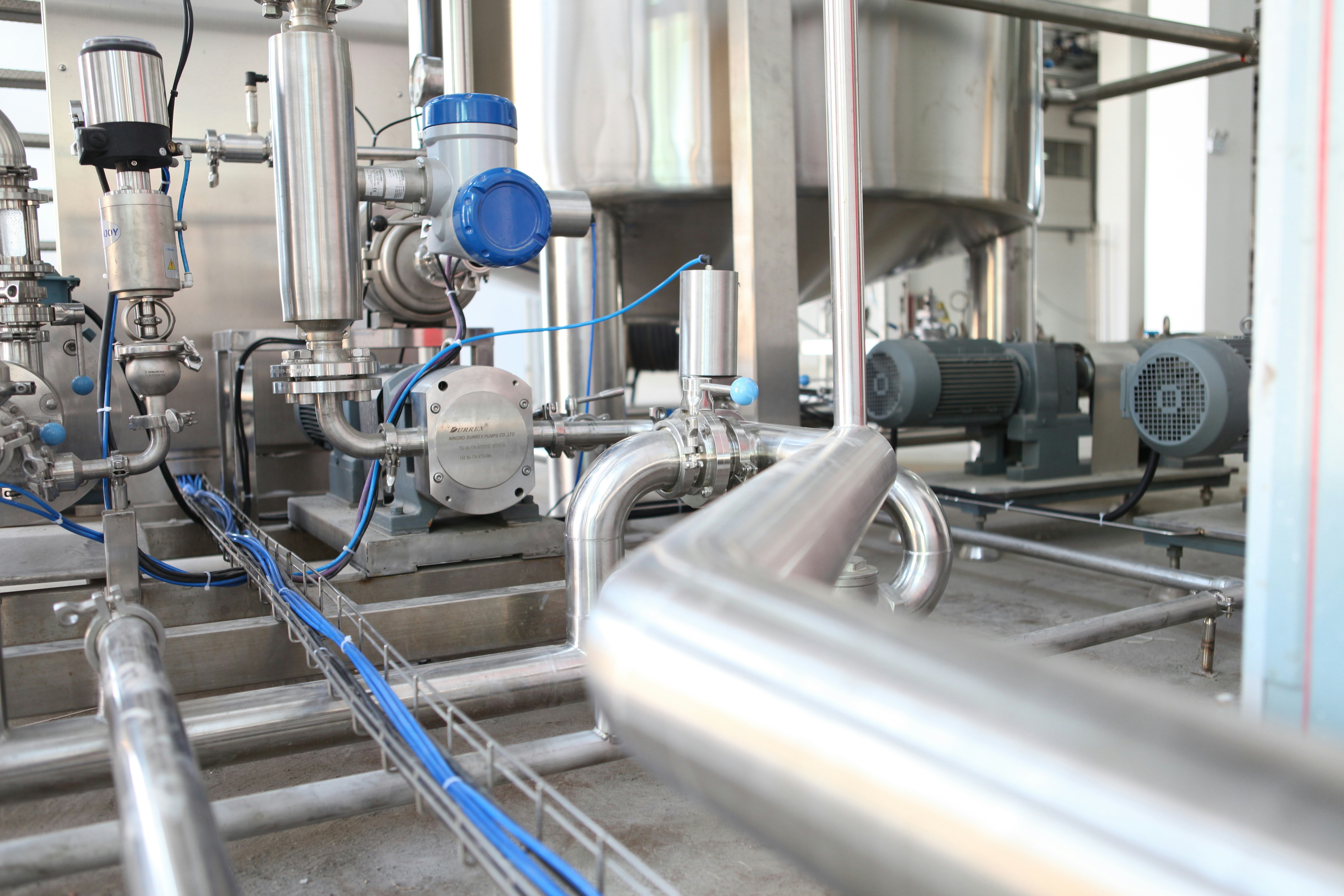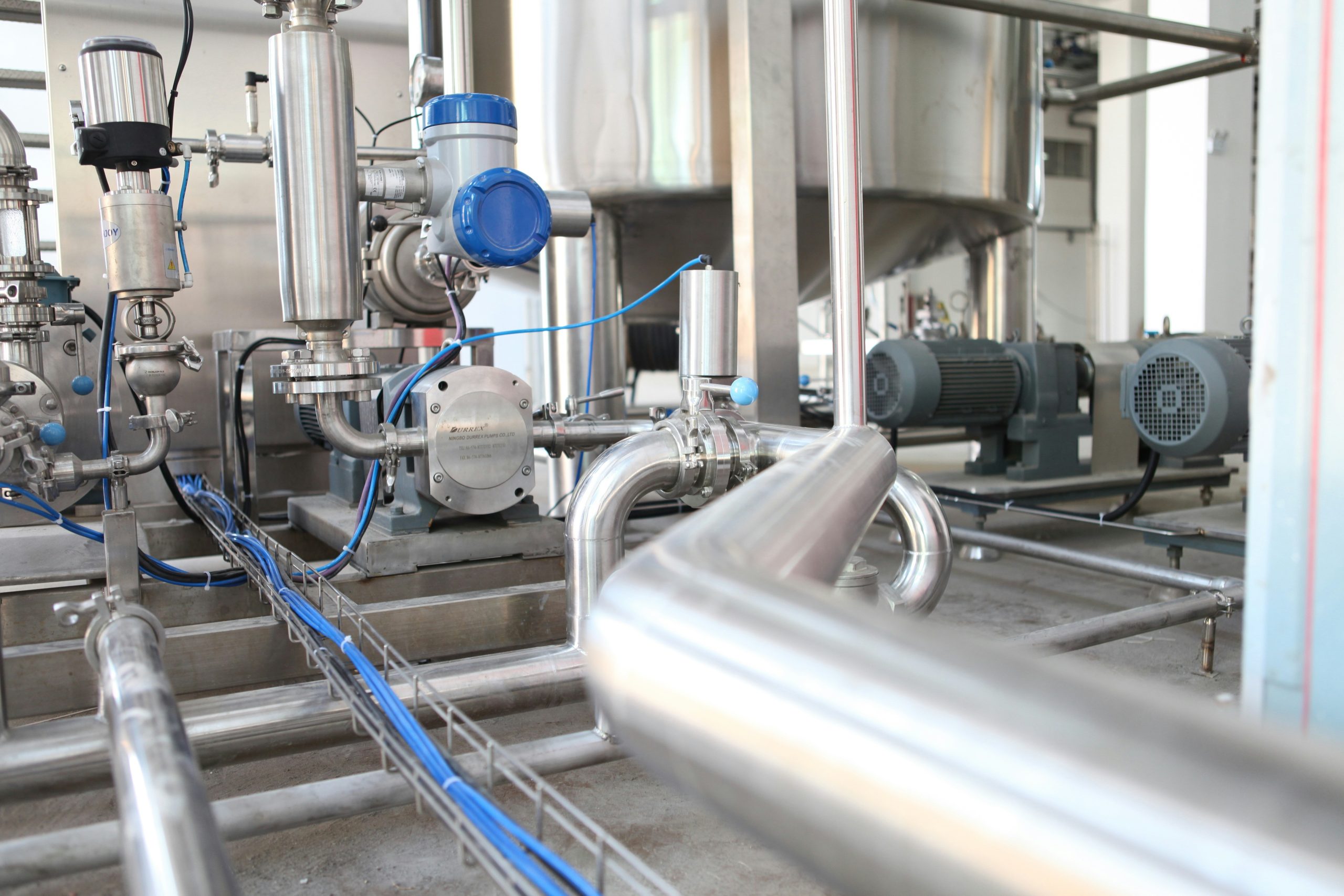Introduction to Paste Filling Machines
Are you looking to streamline your production process and boost efficiency? A paste filling machine could be the game-changer you need. Whether you’re in food processing, cosmetics, or pharmaceuticals, these machines are designed to handle a variety of thick substances with precision and speed. Imagine quickly filling jars or tubes without the mess and hassle of manual labor! In this guide, we’ll dive deep into everything you need to know about using a paste filling machine effectively. From understanding its benefits to mastering maintenance tips, we’ve got you covered on your journey towards efficient packaging solutions. Let’s unlock the potential of this essential piece of equipment together!
Benefits of Using a Paste Filling Machine
Using a paste filling machine can significantly enhance production efficiency. It streamlines the packing process, allowing businesses to fill products quickly and uniformly. This speed not only boosts output but also helps meet increasing market demands.
Consistency is another key advantage. Manual filling often leads to variations in quantity, which can affect product quality. A paste filling machine ensures each container receives the same amount of product, maintaining brand integrity.
Cost savings come into play as well. By reducing labor costs and minimizing waste, these machines provide a solid return on investment over time.
Additionally, they are versatile. Suitable for various industries—food, pharmaceuticals, cosmetics—they adapt easily to different viscosities and formulations.
Using a paste filling machine improves workplace safety by reducing manual handling and potential exposure to hazardous materials during the filling process.
Types of Paste Filling Machines and Their Functions
Paste filling machines come in various types, each designed to cater to specific needs in the food, cosmetic, and pharmaceutical industries.
Gravity-fed machines utilize the natural force of gravity to dispense paste-like substances into containers. They’re ideal for products with a medium viscosity and are often used for sauces or creams.
Pneumatic fillers rely on air pressure to push the paste through a nozzle. This method is effective for thicker pastes that require precise control during filling.
Volumetric fillers use calibrated chambers to ensure consistent fill volumes, making them perfect for exact measurements in production lines.
Auger fillers incorporate a rotating screw mechanism, which efficiently handles dense materials like peanut butter or heavy creams.
Each type serves unique purposes based on product characteristics and production requirements. Understanding these differences can help businesses optimize their filling processes effectively.
Factors to Consider When Choosing the Right Machine
When selecting a paste filling machine, the first factor to evaluate is the viscosity of your product. Different machines handle various thicknesses differently. Choose one that paste filling machine industrial aligns with your specific needs.
Next, consider production volume. Assess how many units you need filled per hour or day. Some machines are designed for high-speed operations while others suit smaller batches.
The type of paste also matters—whether it’s chunky, smooth, or viscous can influence your decision. Ensure the machine components are compatible with your product characteristics.
Budget constraints play a crucial role. Higher-end models may offer advanced features but come at an increased cost. Weigh these factors against potential returns on investment for better decision-making in procurement.
Step-by-Step Guide on How to Use a Paste Filling Machine

Start by preparing your workspace. Ensure the area is clean and free from obstructions. Check that all necessary tools are within reach.
Next, assemble technology the paste filling machine according to the manufacturer’s instructions. This will typically involve connecting various components securely.
Once assembled, adjust the machine settings based on the viscosity of your paste. Thicker pastes may require a different setting compared to thinner ones.
Fill the hopper with your product carefully, avoiding spills or overfilling. It’s essential to maintain a steady flow for consistent results.
Activate the machine and observe its operation closely during initial runs. Make any necessary adjustments to ensure accuracy in filling.
Monitor each filled container as they exit the machine for quality control purposes, ensuring every unit meets your standards before packaging.
Maintenance and Cleaning Tips for Long-Term Use
Regular maintenance is key to the longevity of your paste filling machine. Start with a daily inspection of moving parts for wear and tear. A quick visual check can prevent major issues down the line.
Cleaning should be part of your routine, especially after every batch. Use warm soapy water and avoid abrasive materials that could scratch surfaces. Pay special attention to nozzles, as residue buildup can affect performance.
Lubrication is essential too; apply food-grade oil to any joints or bearings according to the manufacturer’s instructions. This helps reduce friction and prolongs the life of components.
Maintain a logbook for servicing activities. Documenting repairs and cleaning schedules ensures you stay on top of upkeep tasks while providing valuable information if issues arise later on. Your paste filling machine will thank you!
Common Problems and Troubleshooting Solutions
When using a paste filling machine, issues may arise that can disrupt your workflow. One common problem is inconsistent fill volumes. This often stems from air bubbles in the paste or incorrect machine settings.
If you encounter this issue, check for trapped air and ensure your material is properly mixed. Adjusting the speed and pressure of the filler may also help achieve uniform fills.
Another frequent challenge is clogging at the nozzle. If this happens, inspect the nozzle for blockages and clean it thoroughly. Regular maintenance will prevent such occurrences.
Sometimes, machines might experience leaks during operation. Tightening connections and seals can usually resolve these leaks swiftly.
If your machine fails to start or respond, verify that all power sources are connected correctly. A simple reset might do wonders in restoring functionality without extensive repairs.
Safety Precautions When Operating a Paste Filling Machine

Operating a paste filling machine requires attention to safety. Before beginning, always wear appropriate personal protective equipment (PPE), such as gloves and goggles. These protect against any spills or splashes that may occur during the filling process.
Ensure that all guards and safety devices are in place before operation. This minimizes risks associated with moving parts. Familiarize yourself with the emergency stop button’s location for quick access if needed.
Keep your work area tidy and free from clutter. A clean workspace reduces the chances of accidents caused by tripping or slipping on materials lying around.
Regularly inspect the machine for any signs of wear or damage. Addressing issues early can prevent serious malfunctions later.
Ensure you receive proper training on operating the machinery safely. Understanding its functions will help maintain safety standards while boosting productivity.
Tips for Increasing Efficiency
When it comes to maximizing the potential of your paste filling machine, efficiency is key. Start by ensuring that your workspace is organized and free from clutter. This allows for smoother operations and reduces the risk of accidents.
Next, streamline your production process. Arrange all necessary tools and materials within easy reach to minimize downtime when switching tasks or replenishing supplies. Implementing a workflow system can significantly enhance productivity.
Regular training for operators also plays a vital role in increasing efficiency. Ensure that everyone understands how to use the paste filling machine correctly and safely. Knowledgeable staff can resolve minor issues quickly, preventing major delays.
Consider upgrading components as needed. Enhanced nozzles or additional features on some models may increase speed without sacrificing quality during operation.
Monitor performance consistently through metrics such as fill accuracy and cycle times. Identifying bottlenecks will help you make informed adjustments for optimal output.
By following these tips, you’ll not only improve the efficiency of your paste filling machine but also contribute positively to overall production goals.

